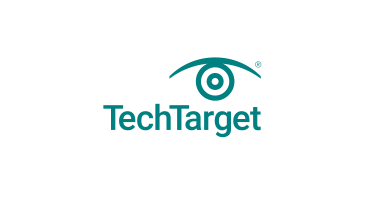Ransomware attacks are a significant concern for businesses of all sizes, with cybercriminals using specialized malware to encrypt and lock data and then demand payment for its release. This article aims to provide a comprehensive guide on ransomware, explaining the types of attacks, common attack vectors, prevention methods and tools, and best practices for recovery.
Ransomware is a subset of malware that allows attackers to gain explicit control over a system by encrypting or locking data, preventing access until a ransom is paid. Traditional ransomware types include crypto and locker. Crypto encrypts some or all files on a compromised system, while locker blocks access to computers and requires unlocking for payment. Two newer types are double extortion, where cybercriminals demand one payment to decrypt files and another not to leak them publicly, and ransomware as a service (RaaS), where malicious code can be accessed for a fee.
Phishing, Remote Desktop Protocol (RDP) and credential abuse, and exploitable vulnerabilities are the most common vectors through which ransomware infiltrates organizations. Phishing emails embed malware into emails and remain among the most popular techniques used by cybercriminals. Cybercriminals can also inject malware into an unsecured RDP or use legitimate credentials purchased from criminal sites or obtained using credential stuffing.
Organizations need to develop a strong cybersecurity posture to minimize their vulnerability to ransomware attacks, assuming responsibilities for frequent patching, employee education, backups of critical data and limiting email transactions.
Responding to a ransomware attack effectively requires an in-depth and tested incident response plan, as it can be challenging to remove malware once it has infiltrated a system. The following steps for ransomware removal are recommended: isolating the infected device, identifying the ransomware type, removing ransomware, and recovering the system. Utilizing ransomware detection and removal tools can speed up recovery times.
Businesses must weigh up whether to pay a ransom during an attack, knowing when to comply or deny demands. While paying a ransom can expedite recovery time and prevent damage to businesses, it can also escalate future payments and potentially create legal issues.
In conclusion, as ransomware attacks become more sophisticated and prevalent, businesses must take proactive measures to prevent and protect themselves against cyber threats.


